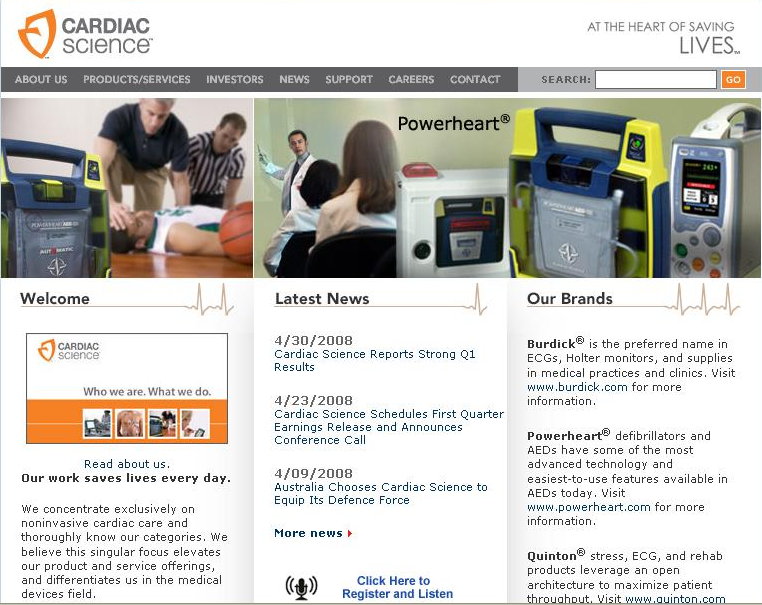These are the first three questions you need to answer before you spend any marketing money. I ask these three questions whenever I start a new project. In fact, I find it impossible to build a solid plan without these answers.
1. What is your key consumer insight? I had a recent consultation with a relationship therapist looking to establish a client base. She asked me, “How can I attract new clients in a cost effective way?”
I asked her a series of questions about her prospects. Her answers forced her to identify her strengths as a therapist and what type of client she wants.
— How does your prospect feel about therapy? Has she ever said, “I don’t need a therapist; I can figure this out myself”?
— Has your prospect ever been to talk therapy? Is your prospect in talk therapy now? If you attract this prospect, would he see you instead of his present therapist?
— Has your prospect ever taken prescribed mood-enhancing medications? Does she still? If you attract this prospect, will she have to go to his present doctor for refills and see you?
— Do you take insurance? If not, will your ideal prospect be able to afford you?
You can see where this is going. There are lots of perceptions about therapy, ranging from “I’m not crazy, I’m not going to a therapist,” to “I’ve been in therapy all my life.” Understanding your target’s need state is the first question to answer.
Before we continue… As a businessperson, it’s tempting to say, “I would take any of those clients.” It’s important to make the distinction between customers you’d accept versus customers you target. If someone walks through your door that you weren’t targeting but that you can (and want to) help, great! You just got a new customer.
For your marketing strategy, however, I recommend you focus your acquisition efforts around a few market segments. The logic is obvious. If the therapist in our example is looking to counsel recent divorcees, she’d spend her time and money differently than if she were targeting teenagers with low self esteem.
2. What is your source of volume? There are two basic choices here. Increasing the category and stealing share. (There are others: increasing pack rate and accelerating the replacement cycle, for example. Email me if you’d like me to write about them.)
Increasing the category. At Cardiac Science, we sell AEDs (automated external defibrillators), potentially life-saving devices for the approximately 365,000 sudden cardiac deaths in America each year. According to OSHA, the Occupational Safety + Health Administration, 13 percent of all workplace fatalities are sudden cardiac arrests. Yet, the penetration of AEDs is frightfully low.
When we advertise AEDs, we are looking to “increase the category.” We are looking to put AEDs where there were none before. We are building the overall size of the AED market.
Stealing share. My former employer, Safeco Insurance, provides a classic example for stealing share. Car insurance is mandatory in America. If you drive a car, you have car insurance (or you could be in really big trouble!).
So when Safeco solicits you for business, they ask you to switch from your present insurer to them. They are looking to steal market share. This is usually a zero-sum game.
3. What is your positioning statement? The first two questions help prepare you for this third one. I suggest that this is the most important of the three.
Fill in these five blanks.
To (whom),
(who/what) is the (what is your frame of reference?)
that (what is the benefit that the “whom” will realize?)
because (what are your supporting claims?)
This is an exciting (if not scary) formula because it forces you to squarely identify what you’re about. See the differences among three of my positioning statements.
To Zachary and Lucas, Joe Hage is the loving parent that gives you all the love and support you can handle because everything he does, he does for the two of you.
…
…
 To a Biznik indie professional, Joe Hage is the marketing strategy expert that can help you focus on the right strategies to build your business because Joe helped other Biznik professionals successfully.
To a Biznik indie professional, Joe Hage is the marketing strategy expert that can help you focus on the right strategies to build your business because Joe helped other Biznik professionals successfully.
…
…
 To Cardiac Science Corporation, Joe Hage is the marketing strategy expert that can raise the overall brand awareness of the company among our prospects because Joe has a 19-year history of marketing accomplishments, including those we accomplished in our three years together.
To Cardiac Science Corporation, Joe Hage is the marketing strategy expert that can raise the overall brand awareness of the company among our prospects because Joe has a 19-year history of marketing accomplishments, including those we accomplished in our three years together.
…
Each of these descriptions is so different, but it’s the same Joe Hage each time. For each, I’m positioning myself as the right person for the job.
What job do you want? And for whom?
Let me know if you need help. And click here to get Michael Porter’s seminal book on the subject.
P.S. Special thanks to Marc Gibeley. He taught me this — and more — back at Kraft Foods.
…
…

I am new to marketing and have never heard this term before. Is it identifying which client/s provide you with the greatest number of opportunities/pages/projects?
I would like you to write about them (as instructed in your article, I am emailing you about it).
Thanks for sharing so much important and valuable information!
Cheers!
Sure, Suzanne, thanks.
Give me a little time. I’ll write something up.
While we are talking about Positioning Statement for Marketing Strategy, If you utilize ezine advertising in your campaigns, you should be tracking your results. There are some services that you can subscribe to that will track your ads for you. The money that you will save with these services will be just as much, if not more, than what you will spend if you are wasting money on ads that are not effective and of no use to you.